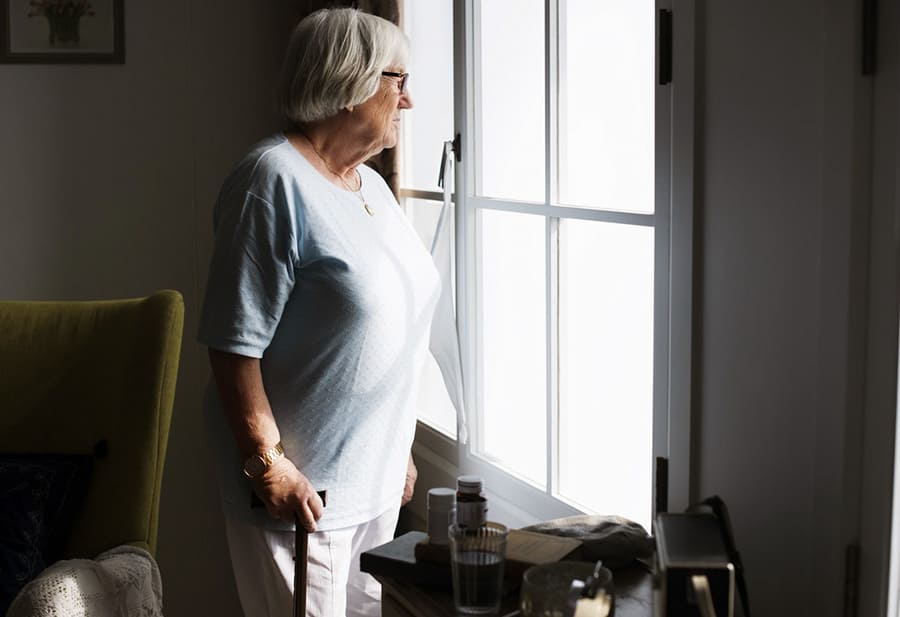Lords report calls for more changes to make homes more accessible for elderly

The House of Lords Science and Technology Committee has called on the UK government to make a series of changes to make housing more accessible for those with limited mobility, as well as more adaptable as their needs change with age.
The committee recently published a report, which outlines a series of recommendations to government to increase healthy life expectancy and reduce health inequalities amongst older people.
Entitled Ageing: Science, Technology and Healthy Living, the report explores how health services could be coordinated to better treat people with multiple age-related illnesses.
On page 83, the report considers the current barriers facing the elderly in their homes, with many unable to fulfil a “basic requirement” of independent living with their ability to move around their home and undertake daily tasks.
According to the Centre for Ageing Better, the UK’s housing stock is “among the oldest in Europe, with some of the highest associated health and care costs and is not suitable for us as we get older.” The Committee’s report revealed that “just seven per cent of housing in England meets basic accessibility standards.”
The report highlights the government’s aim to increase the availability of accessible housing. The requirements for housing accessibility, the report states, are set out in Part M of the Building Regulations and the Ministry of Housing, Communities and Local Government is providing guidance for councils preparing planning policies on housing for older and disabled people.
Accessible housing provider Habinteg has also been calling on the UK Government to establish the M4(2) accessible and adaptable standard as the new regulatory baseline following the recent consultation on raising accessibility standards for new homes.
The report states that “existing homes without suitable features for old-age living will continue to dominate the housing sector, with many not having adequate space to move around with walking aids or wheelchairs, and often lacking load-bearing beams for the installation of hoists.”
Rosamond Roughton, Director for Care and Transformation at the Department of Health and Social Care, told the committee about the £500 million Disabled Facilities Grant that is available to “help people make adaptations to their homes.” She said that adapting a home “leads to people potentially staying about four years longer, on average, independently at home.”
The committee also looked into how the local built environment is conducive to independent living in old age. Ruthe Isden, Head of Health Influencing at Age UK, said that issues with the local built environment include a lack of accessible transport and whether older people feel safe in their local environments.
Councillor Ian Hudspeth said in the report that local authorities need to consider how to make communities more conducive to healthy lifestyles that can be adopted for the entire life-course “so that by the time they are thinking about retirement they are active”. He said local authorities must seek to provide services, such as libraries “where communities can come together and more services can be co-located.”
The report explored how the quality of housing and the local environment are associated with socio-economic factors and age.
Sarah Weir, Chief Executive of the Design Council, told the committee: “Less good housing is disproportionately lived in by older people and by people from lower socioeconomic backgrounds”.
She added that these groups experience the combination of “poor health, poor diet, lack of fresh air, lack of places to walk safely near your home, and lack of transport.” She was concerned that initiatives aimed at improving housing could disproportionately benefit wealthier people and hence increase health inequalities in old age, saying, “There is a widening gap.”
In its summary, the committee made a series of important recommendations. It said: “We recommend that the Government use planning rules to ensure that homes and communities are accessible for people with limited mobility and adaptable as their needs change with age.
“The Government should ensure that sufficient funds are available—for example through the Disabled Facilities Grant—to facilitate improvements to existing homes. The priority should be areas with poor housing and infrastructure, in order to reduce health inequalities.”


